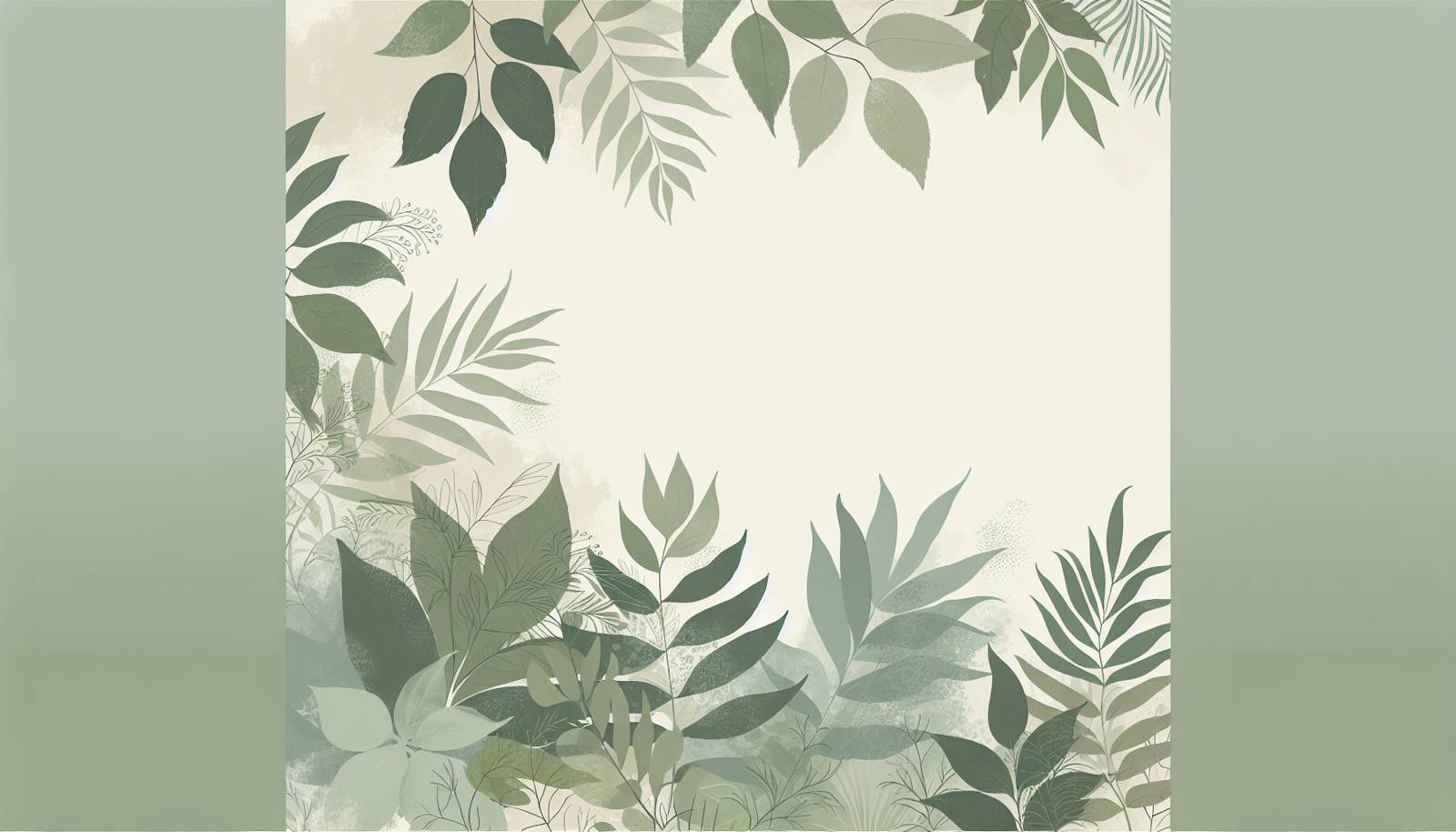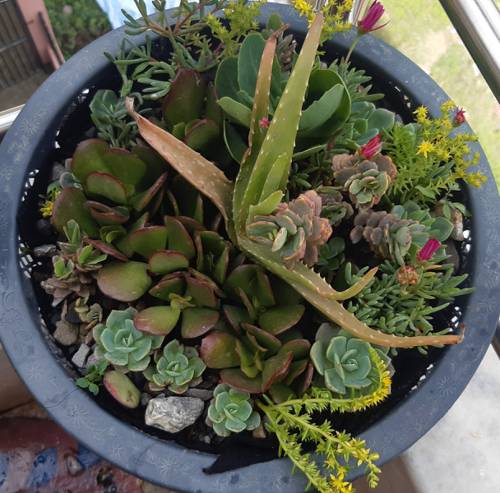
FAQ About Indoor Plants for Humid Environments

What are the best indoor plants for humid environments?
Some of the best indoor plants for humid environments include Boston Fern, Peace Lily, Bromeliads, Spider Plant, and Orchids. These plants thrive in high humidity, making them ideal for bathrooms and kitchens.

How do I care for a Boston Fern in a humid environment?
Boston Ferns thrive in humid environments. To care for them, ensure they have indirect sunlight and keep their soil consistently moist. Regular misting can help maintain the necessary humidity levels. It's also important to avoid letting the temperatures drop below 55°F (13°C).

Why do indoor plants need humidity?
Indoor plants need humidity because it helps maintain their hydration levels and supports physiological processes such as photosynthesis, transpiration, and nutrient uptake. Many plants, especially tropical species, are adapted to high-humidity environments and can experience stress in dry air.

Can indoor plants help increase the humidity in a room?
Yes, indoor plants can help increase humidity levels in a room through a process called transpiration. As plants release water vapor from their leaves, they add moisture to the air, which can help create a more humid environment.

Are there any low-light plants that thrive in humid environments?
Yes, several low-light plants thrive in humid environments, including Pothos, Philodendron, and ZZ Plant. These plants not only tolerate low light conditions but also benefit from the humidity found in places like bathrooms.

How do Orchids benefit from high humidity?
Orchids benefit from high humidity as it helps them maintain hydration and prevent their roots from drying out. The moisture in the air aids in the healthy growth of aerial roots and ensures the plant can efficiently absorb nutrients and water.

Do pothos plants require high humidity to thrive?
Pothos plants do not require high humidity but do appreciate it, which means they can thrive both in standard home humidity levels and in more humid environments like bathrooms. This adaptability makes them a versatile choice for various indoor settings.

Should I mist my indoor plants to increase humidity?
Misting indoor plants can temporarily boost humidity levels around them, which can be beneficial for plants that thrive in humid conditions. However, it is generally more effective to use a humidifier or group plants together to create a more stable humid environment.

What type of soil is best for plants in humid environments?
Well-draining soil is best for plants in humid environments to prevent waterlogging and root rot. A mix with components like peat moss, perlite, or bark can provide good drainage while retaining some moisture, suitable for high-humidity-loving plants.

Can succulents grow in humid environments?
While succulents prefer dry conditions, some can adapt to humid environments. It's crucial to ensure they have excellent drainage and are not overwatered. Keeping them in places where humidity levels are more controlled, such as a ventilated bathroom, can help.

How can humidity levels be maintained for indoor plants?
Humidity levels for indoor plants can be maintained by using a humidifier, placing plants on a water-filled tray with pebbles, grouping plants together, or regularly misting them. These methods help create a stable, humid environment suitable for sensitive plants.

Why is a bathroom a good place for humidity-loving plants?
Bathrooms are excellent for humidity-loving plants because the environment tends to be naturally more humid due to showers and baths. This consistent moisture in the air creates an ideal microclimate for plants that thrive in humidity.

What are some common challenges when growing plants in humid environments?
Common challenges include fungal diseases like mildew and rot, which thrive in high humidity. Ensuring good air flow, selecting the right soil, and not overwatering are crucial in preventing these issues. Monitoring plants for signs of disease ensures their health.

Do peace lilies need high humidity to bloom?
Peace lilies prefer high humidity, which enhances their ability to bloom well. While they can survive in average household humidity, providing a more humid environment can promote healthier growth and more frequent blooming.

How often should I water plants in high humidity environments?
Watering frequency depends on the plant species, but in high humidity, you generally need less watering due to slower evaporation rates. It's important to check the soil moisture before watering and ensure it dries out slightly between waterings to prevent root rot.

Can high humidity affect plant growth negatively?
While many plants thrive in high humidity, excessively humid conditions can create problems like fungal diseases and root rot. It's essential to balance humidity with proper ventilation and exposure to air to prevent these issues and ensure healthy growth.

Is there a specific time of day when it's best to mist plants?
The best time to mist plants is in the morning. Misting in the morning allows water to evaporate during the day, reducing the chance of fungal growth that can occur if leaves remain wet overnight.

Are there any indoor trees suitable for humid environments?
Yes, indoor trees such as the Fiddle Leaf Fig and Rubber Tree thrive in humid environments. These plants appreciate moisture and can grow well in places with moderate to high humidity levels.

Can overhumidification be a problem for indoor plants?
Overhumidification can be problematic as it may lead to mold growth, pest infestations, and fungal diseases like powdery mildew. It's crucial to maintain balanced humidity levels and ensure air circulation to prevent these issues.

How does air circulation impact humidity for indoor plants?
Air circulation helps moderate humidity levels and prevents excess moisture buildup, which can lead to fungal diseases. Adequate air flow ensures that plants remain healthy and that humidity is evenly distributed in the growing area.
